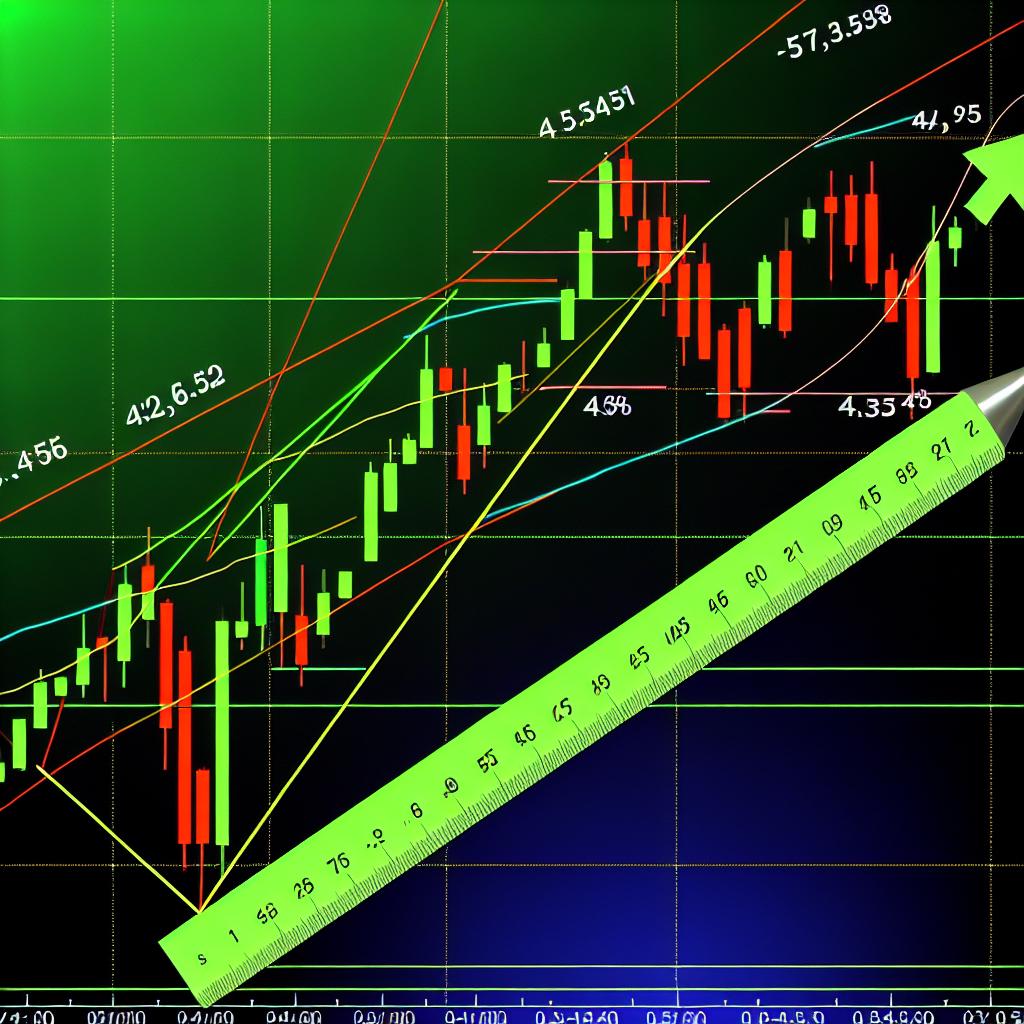
Fibonacci Trading Strategy: How to Use Retracements in Trading
Written on May 19, 2025 By admin in Uncategorized
Understanding Fibonacci Retracements
In the vast landscape of trading, particularly within the forex and stock markets, Fibonacci retracements emerge as an indispensable tool for traders seeking to analyze potential support and resistance levels. This concept is steeped in the mathematical elegance of the Fibonacci sequence, where each number in the sequence is the sum of the two preceding numbers, forming a series such as 0, 1, 1, 2, 3, 5, 8, 13, and so on. Traders utilize the key ratios derived from this sequence to pinpoint potential reversal levels on trading charts, making it a staple in technical analysis.
The Fibonacci Levels
When traders engage with Fibonacci retracements, they draw horizontal lines at key Fibonacci levels on the price chart before the market potentially reverses direction. These levels typically include 23.6%, 38.2%, 50%, 61.8%, and occasionally 76.4% and 100%. Traders widely believe that these levels represent critical junctures where the market is likely to pause and retrace before continuing its initial direction, thus helping traders plan their market entries and exits more effectively.
How to Apply Fibonacci Retracements
Applying Fibonacci retracements in trading begins by identifying a significant price movement, which can be either upward or downward. The subsequent steps in this method involve:
1. Identify the Start and End Points: First, determine the start and end points of the price movement being analyzed. For an upward trend, this entails selecting a recent low as the start point, whereas, for a downward trend, a recent high will mark this point.
2. Draw Fibonacci Lines: With these points determined, traders draw Fibonacci lines spanning the start and end points. This action helps establish potential retracement levels across the movement. Such levels are instrumental, as traders often look for prices to find support or resistance at these lines, setting the stage for strategic entry or exit points.
Common Strategies Using Fibonacci Retracements
Several trading strategies leverage Fibonacci retracements because of their efficacy in identifying hidden levels of support and resistance. Some prominent strategies include:
1. Combine with Other Indicators: A potent method is to pair Fibonacci levels with other technical indicators such as moving averages or trend lines. The intersection or convergence of these indicators can provide additional confirmation, instilling greater confidence in potential trade setups.
2. Trending Markets: In scenarios involving trending markets, traders can utilize retracement levels identified through Fibonacci analysis. When the price reaches these levels, traders often consider entering trades in alignment with the established trend direction.
Advantages and Limitations
While Fibonacci retracements boast significant advantages, they also come with certain limitations that traders need to keep in mind:
- Advantages: They provide objective levels for traders to monitor, helping bring clarity and form to market analysis. The widespread prevalence of Fibonacci levels in market movements can be attributed to the natural occurrence of the Fibonacci sequence in various aspects of life and trading.
- Limitations: Despite the benefits, it’s important to recognize that financial markets do not always behave rationally and can easily surpass Fibonacci levels without exhibiting any measurable reaction. Consequently, reliance solely on Fibonacci retracements is not advisable; they should be part of a broader analysis that includes diverse analytical tools and methods.
Conclusion
Incorporating Fibonacci retracements into trading practices equips traders with a strategic mechanism for projecting potential support and resistance levels with heightened precision. While no trading strategy can assure success, integrating Fibonacci levels into a well-rounded set of analytical tools can yield valuable insights, particularly when combined with comprehensive market research and supplementary indicators. For traders keen on expanding their understanding of Fibonacci retracements, a wealth of educational materials and tools are readily available through financial education platforms and brokerage services, providing ample resources for enhancing trading skills and acumen.
In summary, Fibonacci retracements represent a nuanced approach within the realm of technical analysis. Their application facilitates a deeper comprehension of market movements and helps traders anticipate price behavior with improved accuracy. Despite their non-guaranteed nature, when applied judiciously, Fibonacci retracements can significantly bolster a trader’s ability to navigate the complexities of financial markets. By considering them alongside other forms of market analysis and maintaining a broader perspective, traders stand to enhance their overall strategic approach and decision-making processes.
This article was last updated on: May 19, 2025